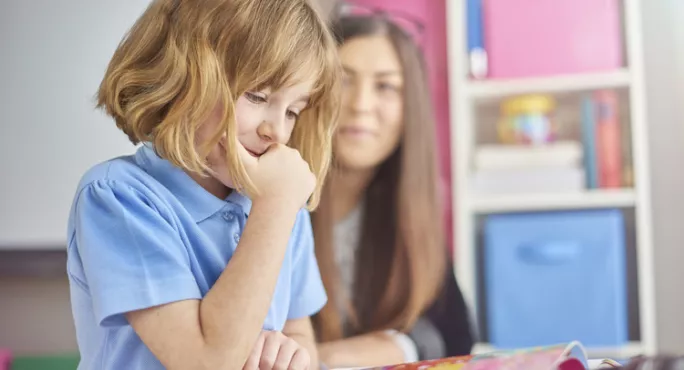Dyslexia is thought to affect around 10 per cent of the British population, according to the British Dyslexia Association (BDA). This makes it the most common of all specific learning difficulties and means that most teachers will encounter a pupil with dyslexia at some point in their teaching.
While problems with reading and spelling are usually the most visible indications of the condition, dyslexia affects more than just literacy.
“Dyslexia affects the way information is processed, stored and retrieved,” the BDA’s online guidance for teachers explains. This can result in “problems of memory, speed of processing, time perception, organisation and sequencing” and means that some children with dyslexia may also experience difficulties with navigating routes, with left and right and with compass directions.
With such a wide-reaching condition, it can be hard for teachers to know the best ways to support pupils who are affected.
But Dr Daryl Brown, a specialist dyslexic headteacher at the Maple Hayes Dyslexia School in Staffordshire, believes there are some simple steps that teachers can take to help any dyslexic pupil.
Here are his top five tips:
- Organise
Try to follow the same patterns and approaches to work as much as possible, to help pupils become familiar with what is expected of them. Outline what is happening in lessons so your pupil has a clear idea of what will be taking place. If you provide a written outline, pupils can refer back to this so it makes more sense.
- Bullet points
Give a written checklist of activities to be done during the lesson and also throughout the term of work. Encourage pupils to work independently, checking against that list so they can track what they have done, what they are doing, and where they are going. Don’t give your pupil long, complicated sets of verbal instructions. They won’t remember them and will be confused by trying to process a lot of information at once.
- Make sure pupils with dyslexia are part of the lesson
Don’t let these pupils feel isolated at the back of the room with only a teaching assistant for company. They need to feel part of the learning if they are going to be engaged by it.
- Promote sentences
Get pupils to write questions out, as well as full-sentence answers. This means that half of the answer is written and spelt out in the question. This will help pupils to spot and use words in the text as well as promoting sentence structure.
- Give pupils challenging books to read
By giving dyslexic pupils books that will challenge them for reading practice or to listen to as talking books, you will give them access to the language and structure of the written word. Even if later they dictate their answers to a scribe in the examination, they will benefit from this exposure to literature.
Want to keep up with the latest education news and opinion? Follow TES on Twitter and like TES on Facebook




